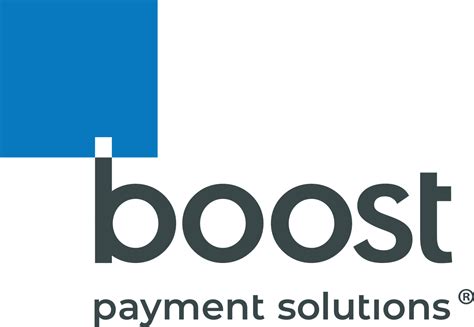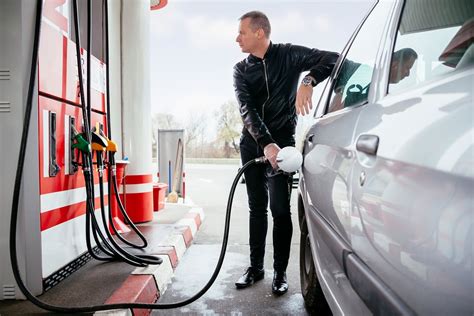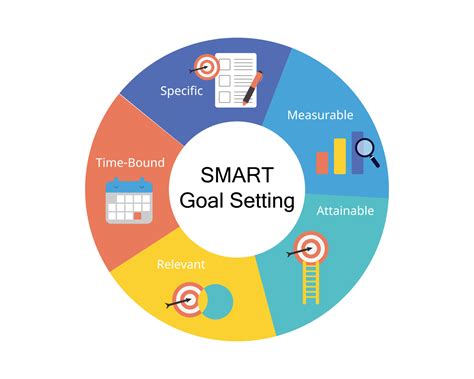In an era of fluctuating fuel prices, every cent saved at the pump counts. While the cost of gasoline is largely out of our control, how we drive and maintain our vehicles directly impacts how often we visit the filling station. Adopting a few simple, conscious habits can lead to substantial savings over time, boosting your fuel economy and saving you real money.
The Foundation: Smooth & Steady Driving
Aggressive driving is a major culprit for poor fuel efficiency. Think of your car’s engine as a human heart: sudden bursts of activity require more energy. Smoothness is key.
1. Gentle Acceleration and Braking
Slamming on the accelerator or braking sharply burns more fuel. Gradual acceleration from a stop and anticipating traffic to allow for gentle deceleration saves gas. Try to ‘read’ the road ahead to avoid unnecessary stops and starts.

2. Maintain a Consistent Speed
Cruise control isn’t just for comfort; it’s a fuel-saving tool. On highways, maintaining a steady speed avoids the constant slight acceleration and deceleration that can waste fuel. If you don’t have cruise control, practice keeping your foot steady.
3. Observe Speed Limits
While tempting to push the limits, higher speeds significantly increase aerodynamic drag, meaning your engine has to work harder. Fuel economy typically decreases rapidly above 50-60 mph, depending on the vehicle. Stick to the speed limit, and your wallet will thank you.
Smart Habits Beyond the Pedal
Fuel efficiency isn’t just about how you press the pedals; it’s about smart choices and awareness.
4. Avoid Excessive Idling
Modern cars don’t need extensive warm-up periods. Idling for more than 30 seconds uses more fuel than restarting your engine. If you’re waiting for someone or in a long queue, turn off your engine. Many newer vehicles have start-stop technology for this reason.
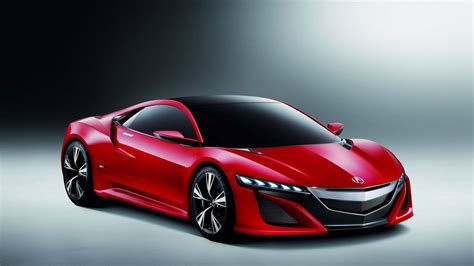
5. Lighten Your Load
Extra weight means your engine works harder to move the vehicle. Remove unnecessary items from your trunk and back seats. Also, roof racks and cargo carriers create aerodynamic drag, even when empty. Remove them when not in use.
6. Use Air Conditioning Wisely
While necessary for comfort, air conditioning puts a load on your engine, reducing fuel economy. On short trips or at lower speeds, consider opening windows. At highway speeds, open windows can create more drag than the A/C uses, so it’s a balance. Use your air conditioning efficiently and strategically.
Vehicle Maintenance for Optimal Efficiency
Even the best driving habits won’t compensate for a poorly maintained vehicle. Regular upkeep is crucial for fuel economy.
7. Keep Tires Properly Inflated
Underinflated tires increase rolling resistance, making your engine work harder. Check your tire pressure regularly (at least once a month) according to your vehicle manufacturer’s recommendations (found in your owner’s manual or on a sticker inside the driver’s door jamb). Proper inflation can improve fuel economy by up to 3%.
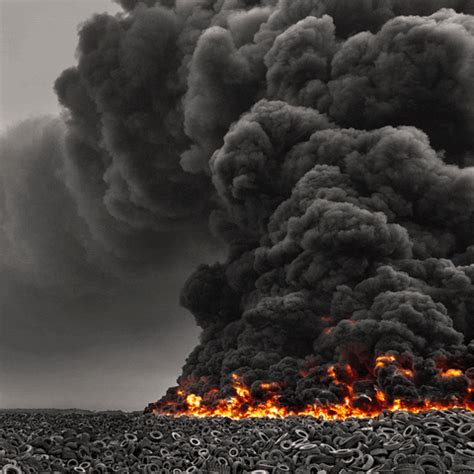
8. Regular Vehicle Maintenance
Sticking to your car’s service schedule ensures all components are working efficiently. A dirty air filter, old spark plugs, or outdated engine oil can all negatively impact fuel economy. A well-tuned engine is a fuel-efficient engine.
9. Check Your Oxygen Sensor
A faulty oxygen sensor can reduce fuel efficiency by as much as 40%. This sensor monitors the amount of oxygen in the exhaust gases, helping the engine’s computer adjust the air-fuel mixture. Get it checked if your ‘check engine’ light is on or you notice a sudden drop in MPG.

Strategic Planning & Awareness
Beyond the car itself, how you plan your journeys plays a role.
10. Plan Your Routes
Use navigation apps to find the most efficient routes, avoiding heavy traffic and construction whenever possible. Shorter routes with fewer stops and starts are almost always better for fuel economy.
11. Combine Errands
Instead of making multiple short trips throughout the day, combine your errands into one longer trip. A cold engine uses more fuel for the first few miles until it reaches its optimal operating temperature.

Conclusion
Boosting your fuel economy isn’t about grand gestures; it’s about a series of small, consistent efforts. By adopting these smarter driving habits and committing to regular vehicle maintenance, you’ll not only save real money at the pump but also contribute to a greener environment and extend the life of your vehicle. Start implementing these tips today and watch your fuel savings grow.
